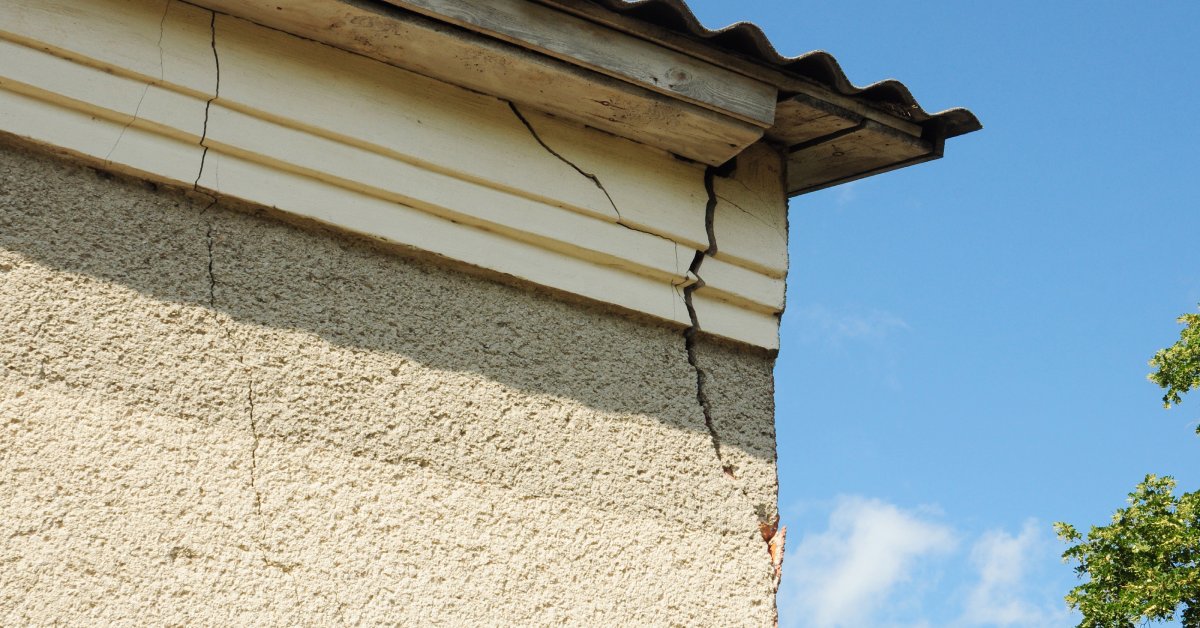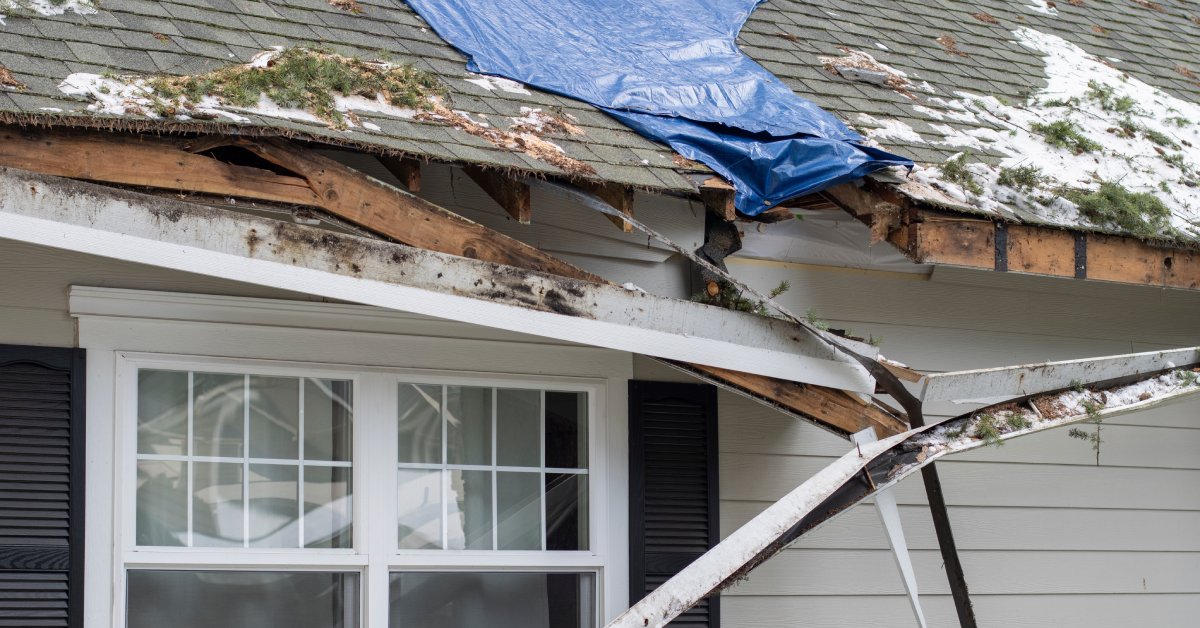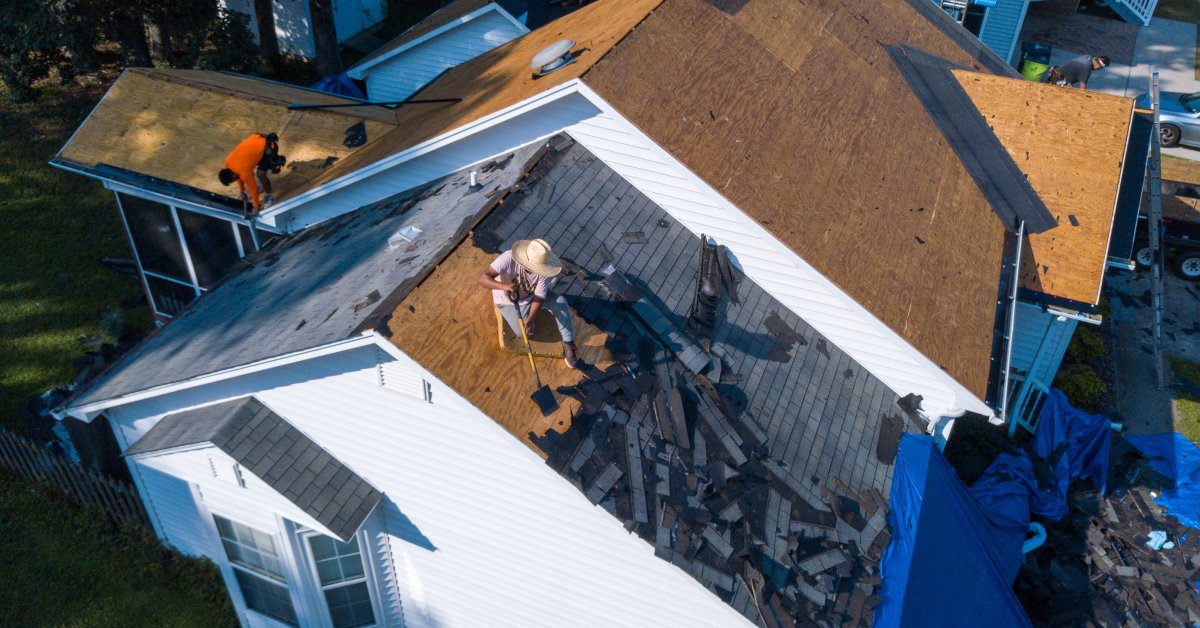Your roof is one of the most critical components of your home. It protects you from the elements, plays a significant role in energy efficiency, and contributes to the structural integrity of your property. Over time, however, wear and tear can take its toll. Thankfully, recognizing the signs of a failing roof early can save you from costly repairs in the future. To help you assess your roof’s condition, be sure to look out for these telltale signs you need a full roof replacement.
Frequent Leaks
If you’re dealing with persistent water leaks despite repeated repairs, it could mean the damage extends beyond just a minor issue. Leaks often indicate underlying issues such as a worn or deteriorated roof membrane or hidden damage to the substructure. Over time, patching leaks may no longer be effective. A full roof replacement is often necessary to restore your home’s integrity and prevent further damage to the interior of your home.
Age of Your Roof
Most roofing materials last between 20 to 30 years, depending on the type of material and environmental factors. If your roof has exceeded this lifespan, it’s easier for problems to compromise it, making it less effective at protecting your home. An aging roof is more prone to leaks, energy inefficiency, and structural instability, making a replacement the best option to maintain your home’s safety and value.
Missing Shingles
If your roof has missing shingles, it’s incredibly vulnerable to water damage, wind uplift, and UV exposure. Small fixes may work temporarily, but large patches of missing shingles, especially after severe weather, often point to widespread damage. This damage reduces the roof’s ability to keep your home protected and may call for a replacement.
Granules in Gutters
Noticing granules in your gutters or around your home is a sign that your shingles are deteriorating. These granules are essential for protecting shingles from UV rays and water damage. When they start to wear away, your shingles lose their durability, leaving your roof vulnerable to leaks and other problems. A significant buildup of granules is an early warning to consider replacing your roof before further damage occurs.
Sagging Areas
A sagging roof is one of the most visible and serious signs of structural trouble. This issue often indicates significant underlying problems, such as:
- Water damage
- Rot
- Broken trusses
- Weakened decking
Over time, excess moisture can weaken the materials, causing them to lose their strength and stability. An immediate replacement is critical to prevent further damage and maintain the structural integrity of your home.

Visible Cracks or Splits
Cracks or splits in your roof’s material compromise its ability to shield your home from external elements. These openings allow wind, rain, and pests to enter, leading to more serious damage like leaks, wood rot, or pest infestations. Over time, even small cracks can expand, worsening the problem and increasing the risk of structural damage.
Daylight Through the Roof Boards
If you see daylight streaming through the roof boards when you’re in the attic, it’s a sure sign of holes or gaps in the roof. These openings indicate that the protective barrier of your home has been compromised, leaving it vulnerable to water leaks, pest infestations, and energy inefficiencies. Water seeping through these gaps can also cause mold, mildew, and rot to develop, further weakening the structure.
Increasing Energy Bills
A roof that is older or damaged can lead to additional problems down the line, like poor insulation, making your HVAC system work harder. You may notice a sudden and otherwise unexplained spike in your utility costs, which could point to an inefficient roof. Replacing the roof with updated, energy-efficient materials can not only resolve this issue but also save you money on energy bills in the long run, improving your home’s overall efficiency.
Mold or Mildew Development
Excessive moisture trapped under the roof is a breeding ground for mold and mildew, which thrive in dark, damp environments. This growth not only damages your roof and the underlying structure but also poses serious health risks, including allergies, respiratory issues, and other illnesses.
Mold spores can spread throughout your home, contaminating your living environment. If mold or mildew is present, it’s crucial to replace the roof and address any ventilation issues to prevent further damage, safeguard your home, and protect your family’s health.
Curling or Buckling Shingles
Shingles that curl at the edges or buckle in the middle are clear signs of wear and tear, weather exposure, or even improper installation. These defects reduce the roof’s ability to shed water and withstand the elements, increasing the risk of leaks and water damage. Curling shingles can also create weak spots where wind and rain can penetrate, causing further deterioration.

Storm Damage
Severe weather can cause major damage to your roof, including missing shingles, dents, or even large holes. Hailstorms, high winds, heavy rain, and falling debris can all take a toll on your roof’s materials and structure, leaving it vulnerable to further deterioration. Storm damage can quickly escalate if you don’t address it, leading to leaks, rot, and structural instability.
Flashing Damage
Flashing, the metal material used around vulnerable areas like chimneys, vents, skylights, and roof edges, plays a crucial role in preventing water seepage. Over time, flashing can become rusted, dented, cracked, or even go missing altogether, leaving these areas exposed to water infiltration.
Even small issues with flashing can lead to significant water damage if left unchecked. While minor damage is something that you can sometimes repair, widespread or severe flashing issues often require a roof replacement to ensure consistent, long-term protection for your home.
Extensive Moss Growth
Moss may seem harmless, but it can be a serious enemy to your roof. Moss absorbs and retains water, accelerating the decay of your roofing materials over time. It can cause shingles to lift and curl, allowing water to seep underneath and damage the roof’s structure. If left alone, moss growth can spread across large sections of your roof, making regular cleaning insufficient to address the problem.
Structural Damage
Structural issues beneath the roof, such as broken trusses, rotted roof decking, or sagging beams, are major concerns that can threaten the safety of your home. These problems not only compromise the stability of your roof but also pose significant risks to your family and property. A full roof replacement is often the best solution to address these underlying issues, restoring your home’s structural integrity and keeping it safe and secure for years to come.
Identifying the telltale signs you need a full roof replacement is vital to maintaining the safety, efficiency, and value of your home. If you’ve observed one or more of these issues, take action promptly with the help of B.E. Shank Contracting. Acting sooner rather than later with our Harrisburg, PA, roof replacement services can save you from further damage and higher costs down the line.
